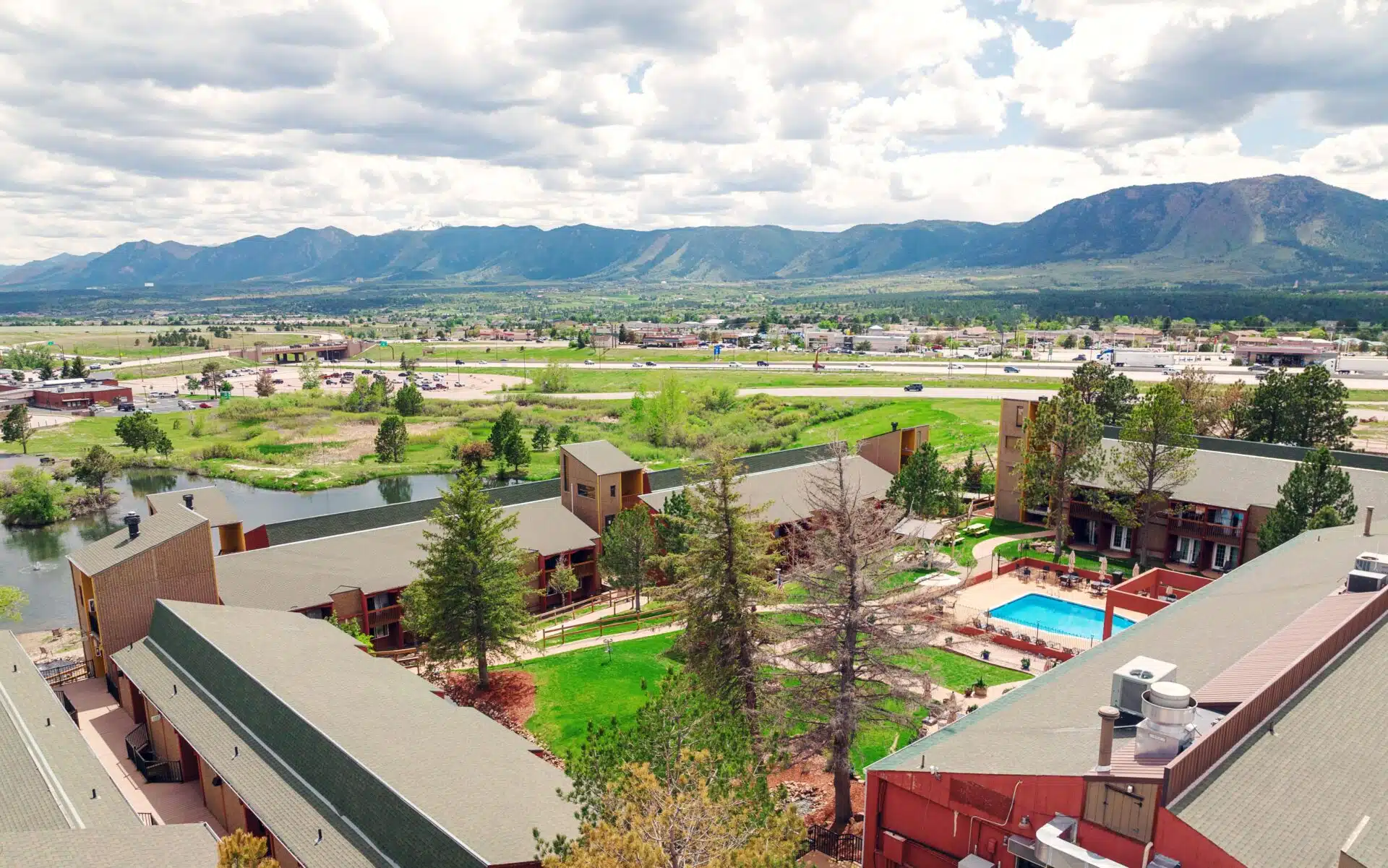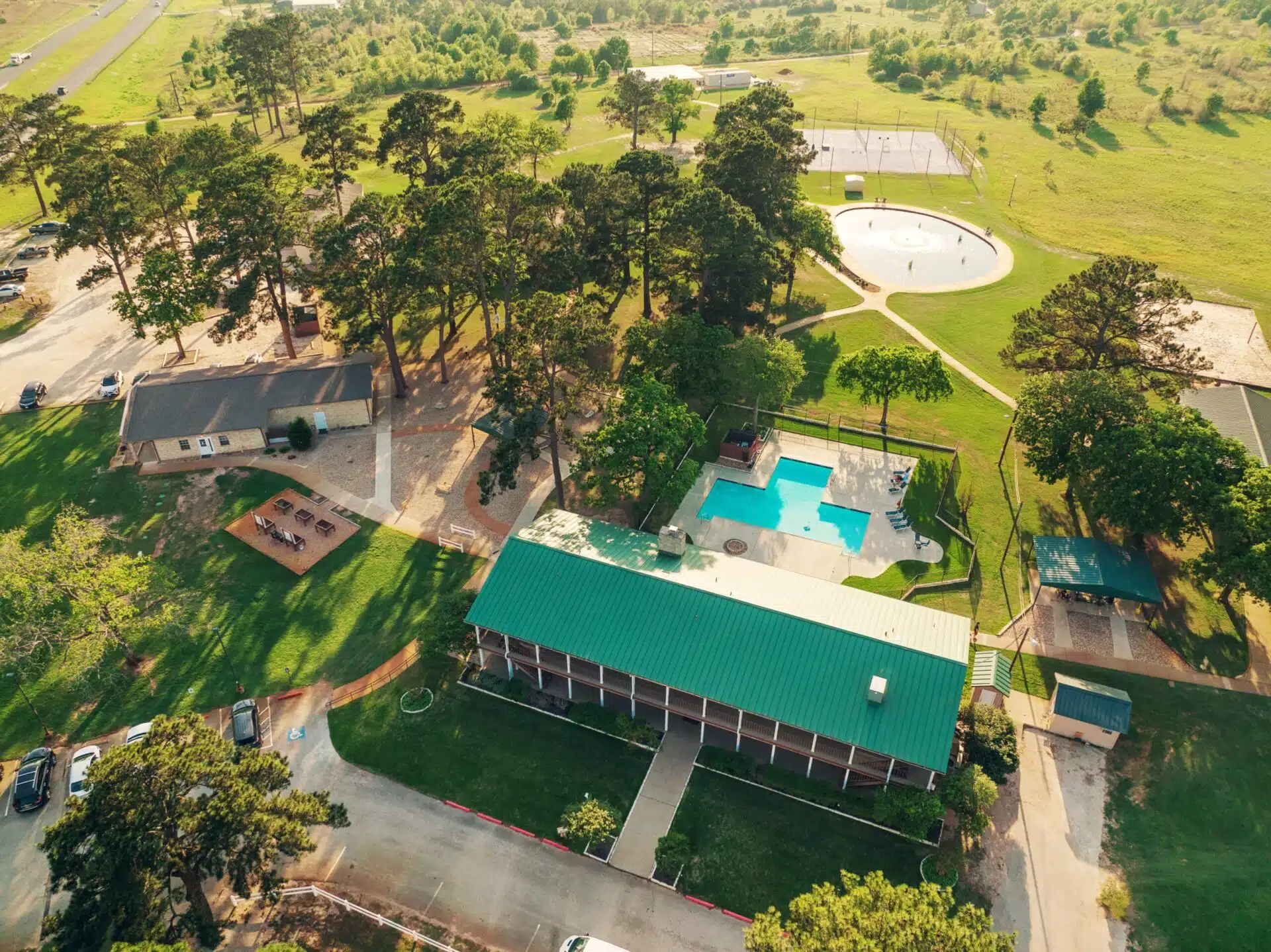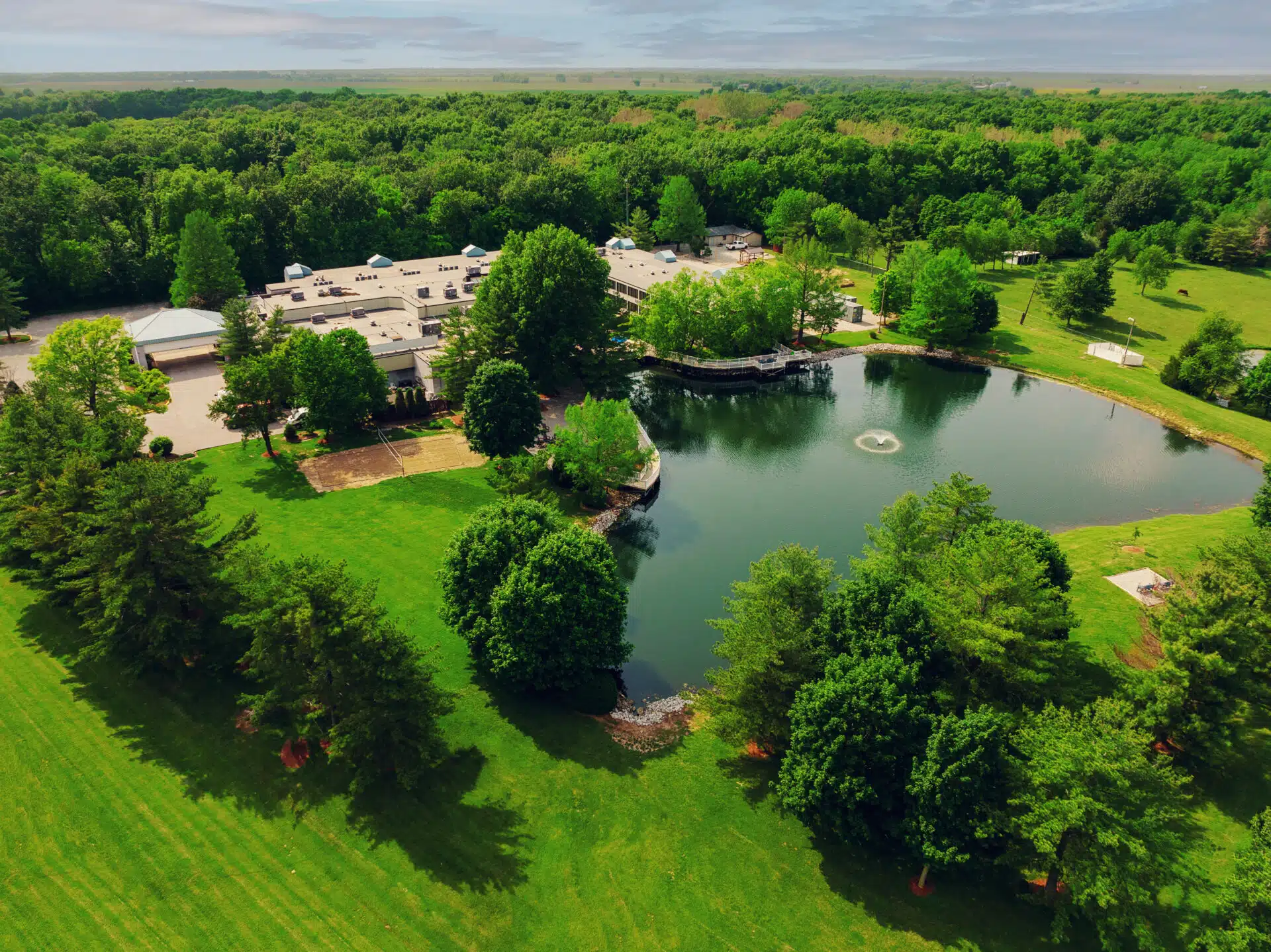Salvia is a plant that produces hallucinogenic effects upon use. Like LSDs, it is possible to get addicted to salvia when taken regularly. What is salvia, and what are the signs of abusing this drug? Is it possible to get help for salvia addiction? Read to know more.
What Is Salvia Drug?
Salvia, with the scientific name Salvia divinorum, is a plant from the sage family originating from Mexico. This plant has characteristics similar to mint. Salvia leaves are usually dried and chewed, smoked, or pressed to make tea. Since salvia is hallucinogenic in nature, it is commonly used as a recreational substance.
Is Salvia Addictive?
Although many people claim that salvia isn’t as addictive as opioids or other types of substances, its effects can encourage people to start regular use. Hallucinogens are drugs that distort a person’s senses and thinking. The distorted reality for others can seem pleasing, which makes them use salvia repeatedly.
As a result, the repeated use of salvia drugs turns addictive. There are many factors that cause addiction to certain types of drugs. These risk factors include the following:
Genetic predisposition
We all have varying genetic makeup. Some people are sensitive to certain substances, and others have a higher tolerance for addiction. Your brain characteristics may make you more susceptible to salvia abuse than others.
Psychological factors
Aside from genetics, another risk factor is psychological issues. Although this can be linked to genetic predisposition, others develop mental health disorders after experiencing troublesome circumstances in life. Depression, anxiety, and personality disorders are risk factors for salvias drug abuse.
Environmental Influence
Those who suffer from salvia addiction often have an environment with people enabling drug abuse. Family members, friends, and other people in the surroundings may contribute to problems in salvia drug use. Talk to a Intake Coordinator
Take The First Step Towards Recovery
Salvia Abuse
Salvia abuse is common among the younger population, particularly teens and young adults. However, the risk factors mentioned above don’t spare people based on age, gender, or social background. Anyone can get addicted to salvia, especially when used daily for a prolonged period of time.
If you or a loved one is using salvia, here are some signs and symptoms of salvia abuse to help you understand better:
Increased salvia tolerance
You may notice that you take more and more doses of the drug to achieve the same effect. This phenomenon is called drug tolerance, and it can happen through prolonged use of salvia.
Inability to stop drug use
Upon noticing that you’re taking increased doses, you may have attempted to discontinue your salvia use. However, you suffer from intense cravings, negative emotions, and other uncomfortable physical symptoms. You may find yourself giving in to re-using salvia.
Impulse to get and use salvia
You may also find yourself constantly thinking about how you can get more of the drug and how much relief you will experience after using it. This impulse stems from an increasing dependency of your body on salvia.
Sleeping and eating problems
People with drug addiction problems notice changes in their sleeping and eating patterns. You may notice that you sleep much more or less than usual, and food intake can also drastically change.
Mental and emotional instability
Salvia is a hallucinogenic drug that enables the user to possibly experience delusions. A clear sign that someone may suffer from salvia abuse is when they cannot distinguish reality from hallucinations. This results in impaired judgment, unstable moods, and poor decision-making abilities.
Relationship problems
If you are consumed with thoughts about using salvia, it can be difficult to manage other areas of your life, such as your relationships. You may encounter problems with your family, friends, and co-workers–they may often claim that you have changed your personality since your drug use.
Effects Of Salvia
When a saliva drug is taken, a psychoactive substance called salvinorin-A binds to the brain receptor called k-opioid. This, in turn, produces hallucinogenic effects similar to a dream-like state. Some salvia effects include the following:
- Loss of motor control: The person taking salvia may feel incapacitated. When sitting or standing, the person may feel weak and fall to the ground within minutes of taking the drug.
- Uncontrollable laughter: Whether a person may be having hallucinations or not, he or she may experience laughing episodes that are involuntary.
- Vivid and colorful hallucinations: The person may also experience perceiving a distorted form of reality, such as objects appearing larger, smaller, more colorful, or warped. He or she may also see illusions that are not part of reality. Mood changes: An individual taking salvia may also have sudden mood shifts, such as from sadness to extreme laughter, feeling surprised, agitation, or even indifference when experiencing hallucinations.
- Changes in thinking: Due to changes in perception and mood, a person under the influence of salvia may also have difficulties thinking properly or have impulsive decision-making.
Side Effects Of Salvia
When taken long-term, there are risks of experiencing salvia side effects. These can be related to symptoms that stem from salvia withdrawal as well.
- Nausea: Prolonged use of salvia may cause bouts of nausea, especially when taken without food or drink.
- Dizziness: Due to hallucinations and loss of motor control, an individual may experience dizziness when taking the drug. Sometimes, dizziness may occur even when the salvia is not taken.
- Mental health problems: Unwanted neuropsychiatric effects include fear, panic reactions, dysphoria, frightening imagery, and an overwhelming sense of dread. Frank psychosis may occur and occasionally persists for days.
- Salvia overdose: Any type of substance taken in large amounts risks a drug overdose. Signs and symptoms of drug overdose include loss of consciousness, heart palpitations, weakened pulse, pale skin, and low body temperature. Salvia overdose is considered a medical emergency, as it is potentially fatal.
What usually happens during salvia withdrawal?
The signs mentioned above are related to the long-term use of salvia and are somewhat related to salvia withdrawal. However, the immediate signs that happen during salvia withdrawal are the following:
- Muscle tension
- Anxiety or depression
- Panic attacks
- Agitation and irritability
- Sweating
- Flu-like symptoms
- Irregular heartbeat or heart rate
- Insomnia
- Headache or muscle pains
- Nausea
- Vomiting
- Problems in concentration
In general, salvia withdrawal symptoms can be uncomfortable, but in some cases, it can be a medical emergency. It is important to seek professional help when stopping to take drugs to prevent potentially life-threatening withdrawal effects.
The body has difficulties adjusting without salvia, which causes these debilitating symptoms. At the very least, these signs of withdrawal are uncomfortable, but in other instances, they can cause serious health problems. It is best to seek professional help when trying to overcome drug addiction.
Salvia addiction
The person may experience loss of basic bodily functions and impaired judgment without using salvia. He or she may also experience other personal and socially-related problems of addiction to salvia, such as:
- Isolation from family and friends
- Loss of interest in daily activities
- Consummating thoughts about salvia use
- A drastic change in appearance
- Worsening mental health problems
- Financial problems
- Thoughts of suicide
If you recognize signs of salvia tolerance, dependence, or addiction in yourself or a loved one, know that there is help available for you. Below are some of the steps you can take to rise above the problem of salvia abuse.
How Is Salvia Abused?
Aside from understanding what is salvia drug, you may also be wondering how a person ends up abusing this substance. The length of time a person becomes addicted to salvia may vary, but the process from casual use, tolerance, and dependence is generally the same.
The development of salvia addiction usually happens in this manner:
Recreational use
The use of salvia often starts as a form of recreational drug. During the first few instances, the person may take salvia either to experiment or experience relief. The effects can be quickly felt on the initial use of the drug as the body is not used to salvia at this point.
Salvia tolerance
The body eventually loses sensitivity with the drug, which results to the person taking increased dosages to achieve the same effect. Compared to other forms of drugs, salvia may take a while before forming a tolerance, but that is how it can sneak up–you may not notice that you are slowly increasing your intake.
Salvia dependency
The next level in the progression of salvia addiction is dependency. Since the body is already used to having the chemical components of salvia, a person who regularly takes this drug may experience negative symptoms upon withdrawal. Some common withdrawal symptoms of salvia include the following:
- Nausea
- Anxiety
- Vomiting
- Fatigue
- Memory loss
- Headaches
- Depression
- Muscle tension
- Flu-like symptoms
- Tremors
Help for Salvia Abuse
Admitting that you have a salvia abuse problem is a courageous step. If you are ready to take action and get help for salvia abuse, here is a systematic way of how things will go once you seek professional help in a high-quality rehabilitation center.
Drug detox
Commonly, the first step in drug addiction treatment is undergoing a drug detox. Drug detox is a medical procedure where patients are provided with an on-call staff, medications, and other tools to help rid the body of the effects of salvia. In this phase, patients are monitored 24/7 to ensure that withdrawal symptoms are manageable.
Drug detox is often short yet intensive. Its primary goal is to provide relief and safety during the tough phases of withdrawal.
Treatment programs
After undergoing drug detox, patients can now proceed to various treatment programs tailored to their unique circumstances. In Sunshine Behavioral Health, there are various rehabilitation treatment programs designed to maintain sobriety after the drug detox.
Some of the well-known programs include the following:
- 12-Step Treatment
- Dual Diagnosis
- Faith Treatment
- Holistic Treatment
- IOP Program
- Non-12 Step Treatment
- SMART Recovery
- Luxury Rehab
These treatment options can be combined or modified to suit the needs of each client. Know that there is no one-size-fits-all approach to salvia addiction treatment. When seeking professional help, doctors and health specialists will assess your condition and unique situation to match the best treatment possible.
Aftercare programs
As previously mentioned, there are various types of inpatient or intensive outpatient treatment programs. The treatment proper usually lasts in 30, 60, or 90-day intervals. To ensure lesser chances of relapse, high-quality rehabilitation centers have aftercare programs to help keep their clients in check.
Aftercare programs are designed with the following objectives in mind:
- Accountability: One of the primary reasons why people fall back into old habits is the lack of accountability towards a medical professional. When clients report to a counselor about their daily activities, they are likelier to stick to a better routine and avoid slipping back into addiction.
- Continuity of treatment: In Sunshine Behavioral Health, we believe that recovery is a journey in itself and not merely a destination. This is why we believe that continuity of treatment is important. Like people taking maintenance medications for their ailments, people with substance use disorder problems also need aftercare programs.
- Community: Some aftercare options include installation in nearby support groups. Having a community of people going through the same journey helps in providing encouragement to continue in addiction recovery.
Examples of aftercare options are:
- Psychotherapies (Cognitive Behavioral Therapy, Family Therapy, Group Therapy, Psychodynamic Therapy)
- One-on-one counseling
- Group counseling
- Support groups
- Nutrition and fitness programs
Addicted To Salvia? Find Out How We Can Help
Are you or a loved one suffering from salvia addiction? Do not let this label define you. You have the capacity to change your life for the better. Find out how we can help you break free from salvia addiction. We are ready to answer any questions or help you get sorted in verifying your insurance.
Sources
Medical disclaimer:
Sunshine Behavioral Health strives to help people who are facing substance abuse, addiction, mental health disorders, or a combination of these conditions. It does this by providing compassionate care and evidence-based content that addresses health, treatment, and recovery.
Licensed medical professionals review material we publish on our site. The material is not a substitute for qualified medical diagnoses, treatment, or advice. It should not be used to replace the suggestions of your personal physician or other health care professionals.






